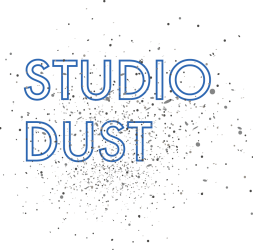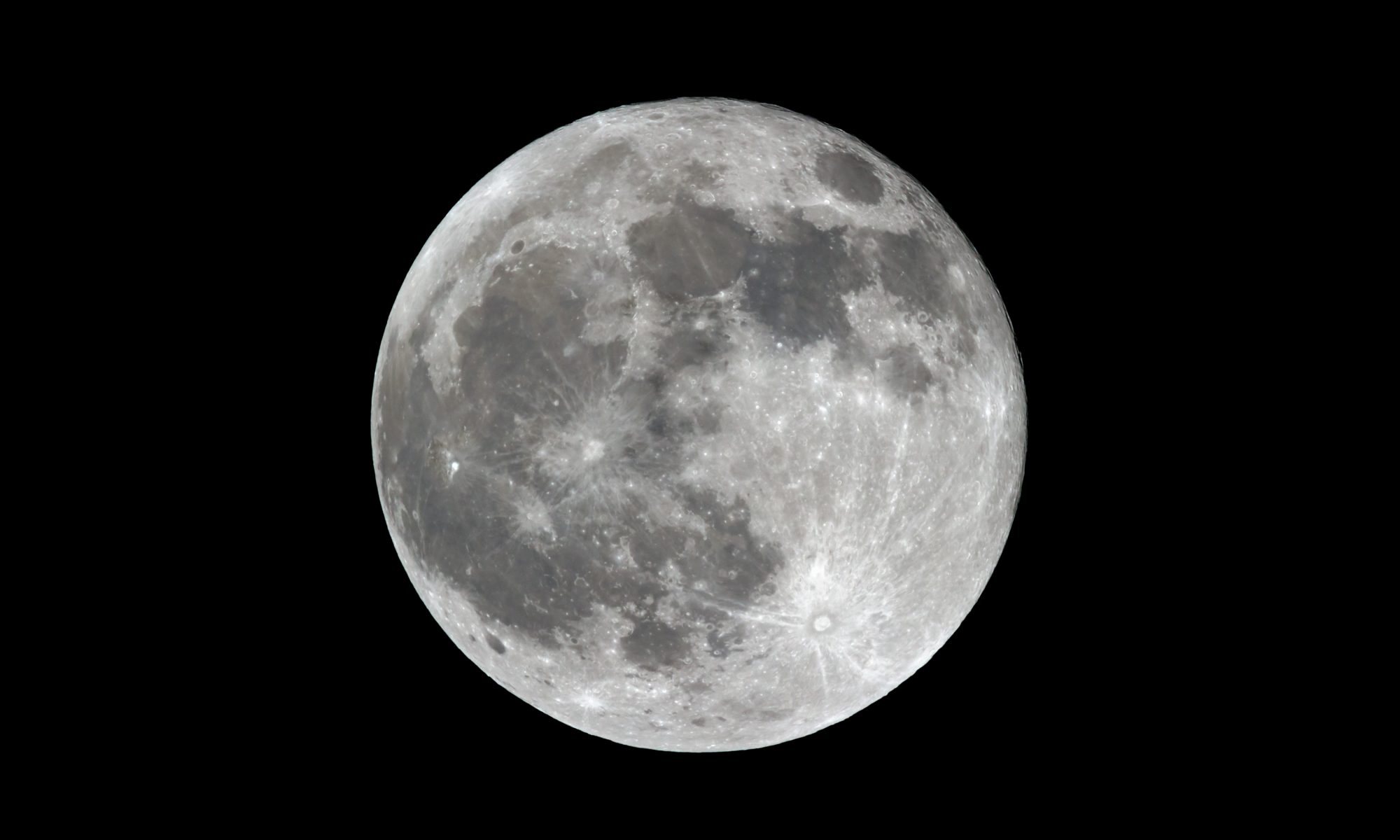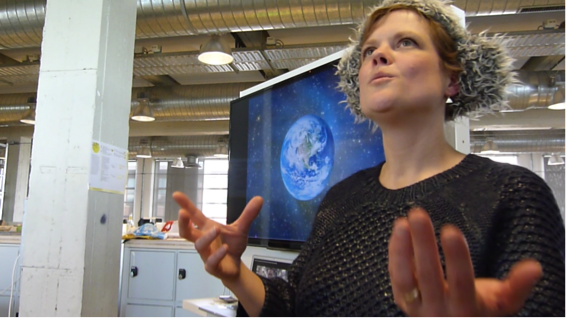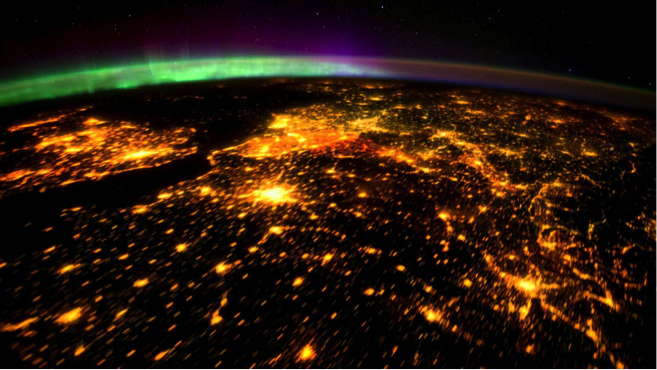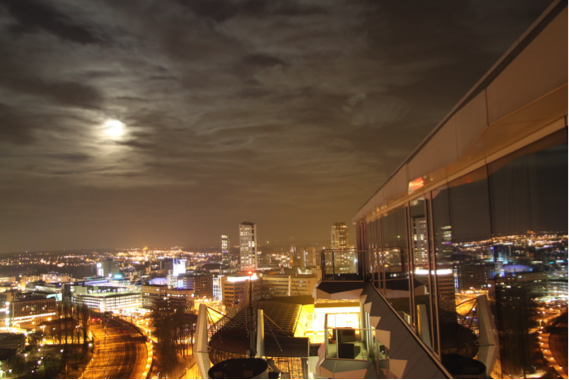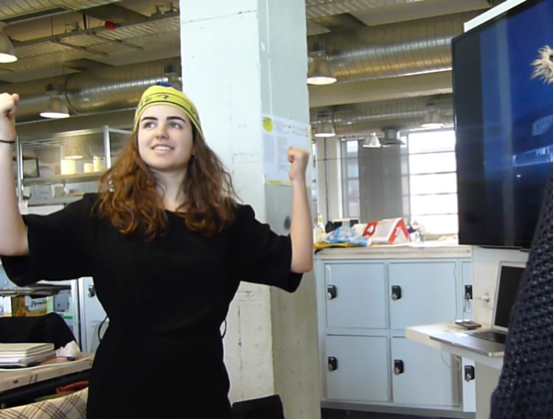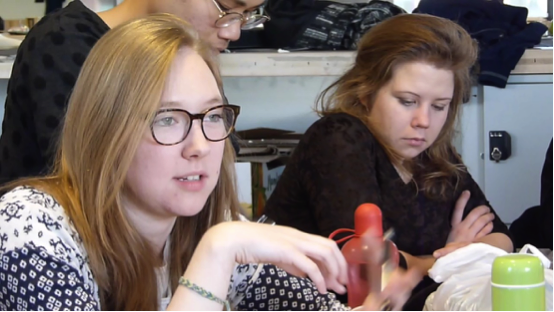>>> NEXT CHAPTER <<<PREVIOUS PAGE >TABLE OF CONTENTS<
4 EDUCATIONAL PROJECT
In this chapter I will elaborate how I gave shape to the critical framework learn to unlearn, by developing and testing a workshop GO TO THE MOON AND BACK. I will also reflect on the workshop and connect my findings to the wider scope of this research.
GO TO THE MOON AND BACK
The critical framework learn to unlearn (mentioned in Chapter 2.8) requires testing if, and under what circumstances, you can ‘unlearn’.
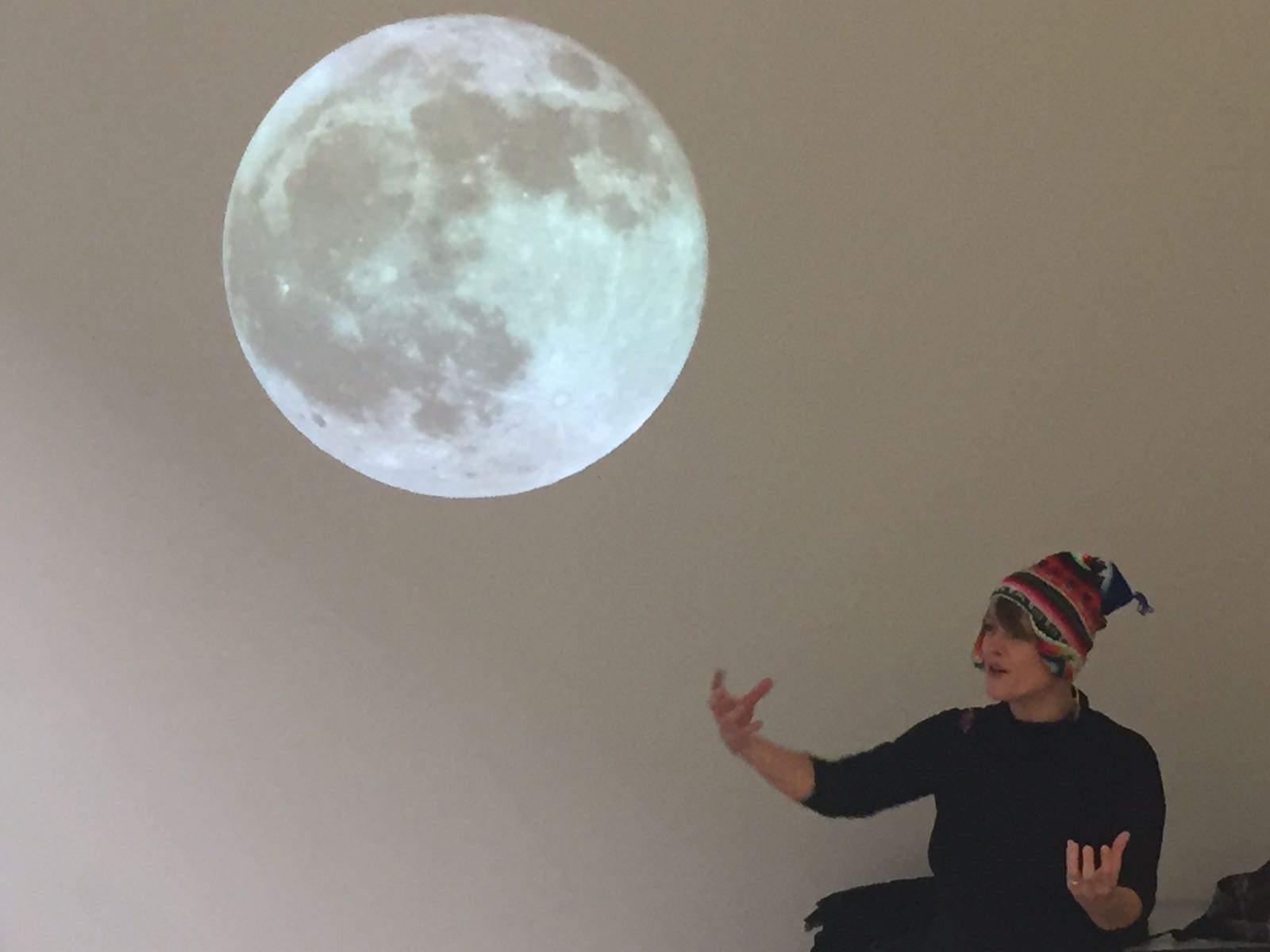
GO TO THE MOON AND BACK at Piet Zwart Institute MAE.
Photo Ilse Leenders Dec. 2016
In the GO TO THE MOON AND BACK workshop, I took bachelor design students on an imaginary trip to the moon and back. Ecological issues demand that we experiment with alternative ideas. Those new visions require the ability to disconnect and re-connect to reality again. The moon provides a canvas to deconstruct embedded professional knowledge and routines, because the elements that we take for granted on earth are so different on the moon (gravity, time, oxygen, life, etc.), which makes it possible to completely deconstruct these embedded and fixed notions. The moon also allows us to reflect back on earth, therefore reconnecting to reality and making it possible to critically examine the elements that shape the professional context, like values, positions, scales, time, perspectives, etc. (see appendix) In the workshop, the process is important. The students need to cooperate in order to take ‘the Space Shuttle’ to the moon and back to earth. The tasks in the shuttle are very complicated and demand that the students have to leave their comfort zone and switch roles. They have to be ‘astronauts’. They have to get into a different mind-set, that makes them able to think beyond the professional context, allows to think as an amateur.
The workshop has ecology in its DNA, for instance because by reflecting on earth you feel the interconnectedness and fragility of all things on earth (as the first image of earth –Chapter 2.1-was the first image to understand ecology), you see the earth as a spaceship in one piece. But also because there is only moon dust as a resource on the moon. It makes design students aware of what the ‘material scarcity’ on earth means, it also emphasizes the availability of the resources on the earth.
I tested GO TO THE MOON AND BACK, with students from the Design Academy Eindhoven and the Art Academy Utrecht (HKU) Product Design. Both groups consisted of 2nd year design students.
The workshop was adjusted to the specific context of the students and attempted to connect to their current assignments. Roughly the workshop GO TO THE MOON AND BACK is divided in eight steps. In this part I will explain the context and reasons for my decisions for the workshop.
EVALUATION GO TO THE MOON AND BACK
In specific at the HKU: First the workshop took place on a ‘Monday’ at the beginning of a new assignment. This made it difficult to connect the workshop to their context of the assignment and the academy. However they connected it to a more general position of design and how this affects their own position, this discussion was possible because they took the role of the astronaut themselves and therefore were able to disconnect from their design role. In the discussion the students talked about their role as future designers. What do they want their practice to be? By being on the moon it helped defining what other kinds off positions within design could be possible. Since on the moon there was no predefined context of what design ‘should be’. It’s about what design can contribute. This discussion on ‘the moon’ was very interesting in regard to current roles of design as the students regarded those roles very fixed and drifted away from the ‘context’ (the earth) it is positioned on. On ‘earth’ the students were able to connect the discussion about the possible roles of design to their own personal life’s. This revealed their intrinsic motivation of wanting to be a designer. What triggers them in general ? How do they work? What is the process? The discussion in my view was literally about the ability of switching roles (to be an amateur) in order to find an intrinsic motivation (amator) in the context of design. It reminded me of the cliché ‘love you to the moon and back’, and gave it a new context. The earth provided a canvas to zoom in on their personal reality. This is important because it reframed ‘learning’ and ‘unlearning’ as it questioned the embedded ideas about what design is or should be and the potential it has when these fixed notion are lost.
Images used for the workshop at the HKU:
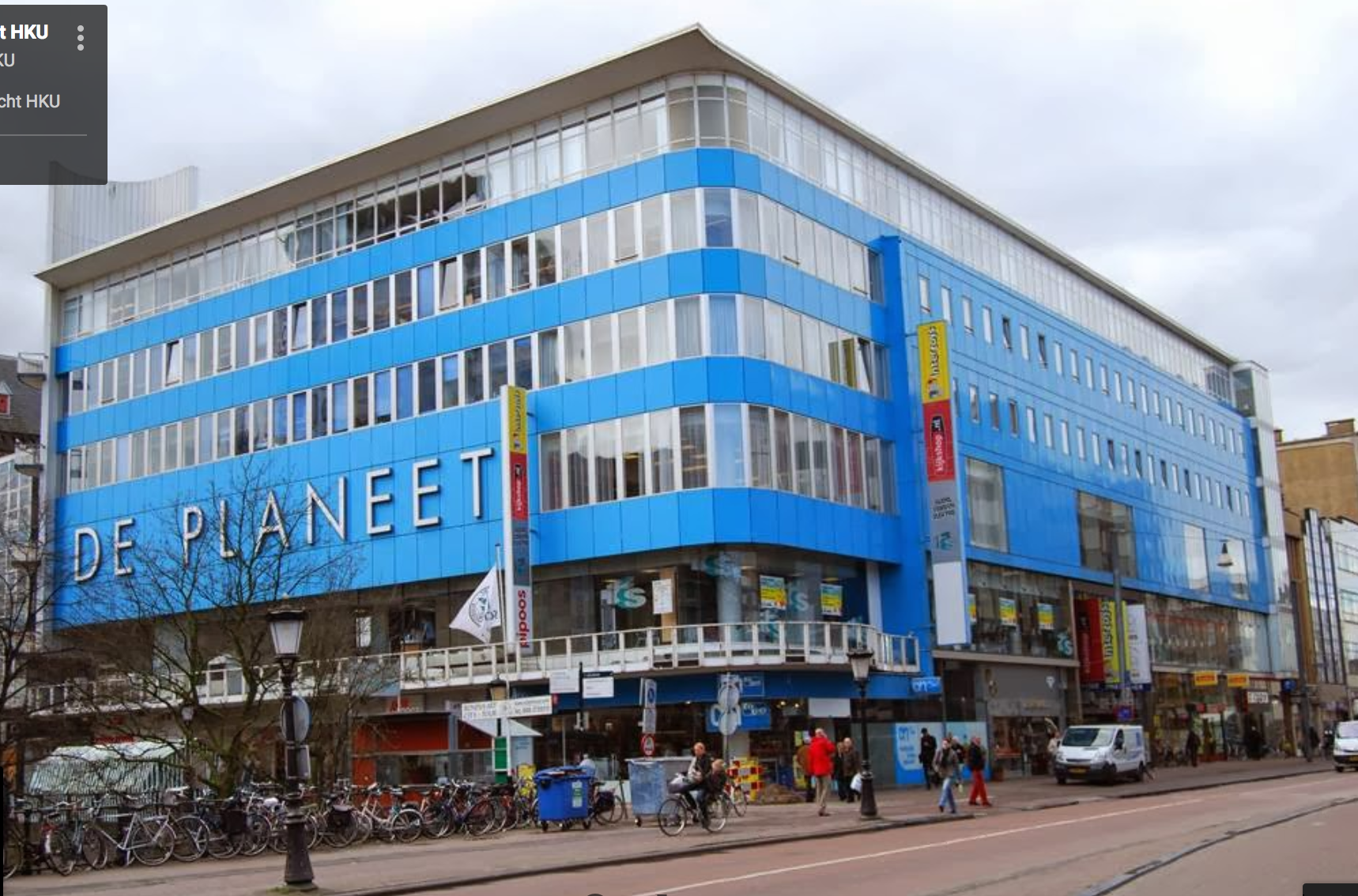
Leaving Earth from Utrecht at location ‘de planeet’ (the planet)
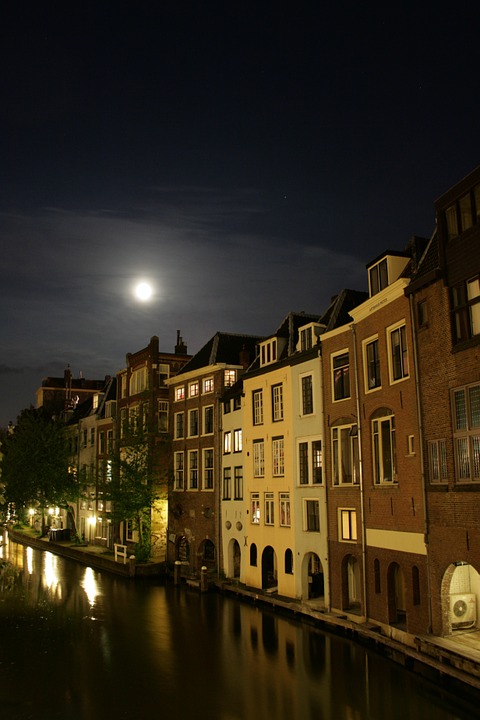
Specifics about the workshop at the Design Academy Eindhoven: The workshop was done as a collaboration with Marina Martina Garcia. The topic of her lessons were ‘Ecology’. This workshop fits that context. That made both this workshop as well as the other classes more effective. In the discussions with the students ‘on the moon’ we talked about abstract notions like time, space, scale. These notions are of importance to realize and ‘disconnect’ (unlearn) from as they determine our concepts and embedded knowledge that makes it otherwise difficult to understand ecology and the relationship of design toward it. Being on the moon allows to zoom out towards these notions. Back on ‘earth’ we discussed how these abstract notions (time, space. Scale) are really embedded concept that are not often enough examined within design. But that it urgently is needed in order to understand ecology and the position (or potential) design has in this.
I used specific images of ‘returning to Eindhoven’ ( as the students study in Eindhoven, a city synonym for the lighting city) that showed the incredible amount of light that is produced each night in greenhouses, and used more references fitting the context of the students. Like the different concept of ‘time’ on the moon. (On the Moon one day is as long as a ‘month’ on earth)
IMAGES: Design Academy Eindhoven. Photo Marina Martina Garcia Feb. 2017
1) Helmets on.
2) Take-off of the Space Shuttle: All students have an imaginary, complicated task to fulfill.
3) Reaching the Moon.
4) Looking back on Earth.
5) And we’re back on earth!!
Reflecting on the workshop GO TO THE MOON AND BACK
CONCLUSION
In both cases, the workshop was observed by the students’ regular lecturer (Marina Martina Garcia, DAE, Kirsten Kentler, HKU). I received feed back from the students via their lecturer.
In general; I didn’t expect to determine whether or not someone could unlearn something because of the ambiguous and complex nature of unlearning. However, I can conclude that in both cases, this workshop provoked a re-examination of reality and the position of design. It critically questioned the embedded elements that are fixed in the ‘professional’ context. By asking, ‘why (on earth) is this so?’, it created the possibility to think beyond the existing frameworks about ‘what if’.
The feedback from both tests was that it needs a firm context. It can’t be seen as separate from students’ work, like assignments.
They also mentioned that the workshop needed the context of my professional background. In both cases, I didn’t give any input about my work; this was felt to be lacking. GO TO THE MOON AND BACK needs to relate to some form of reality. It couldn’t possibly stand on its own. It’s not a standard solution to fix the system. It’s an intervention on a micro scale.
>>> NEXT CHAPTER <<<PREVIOUS PAGE >TABLE OF CONTENTS<
